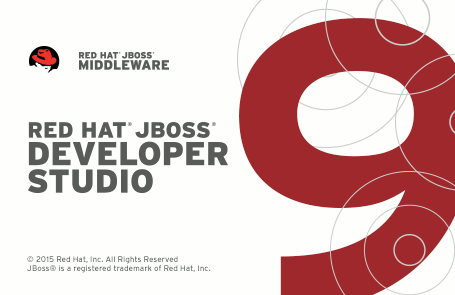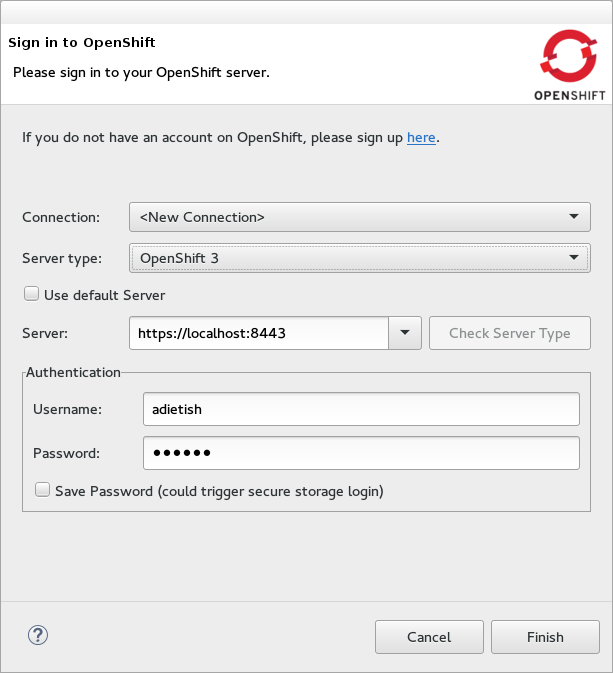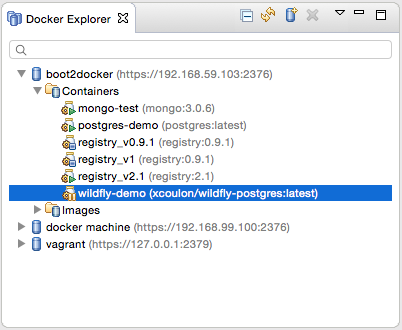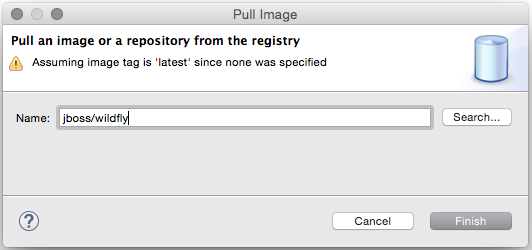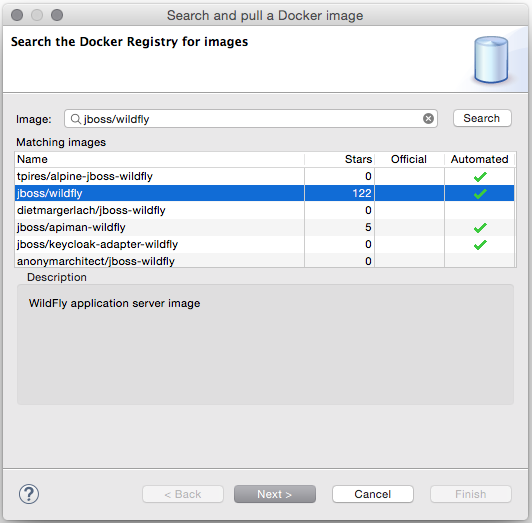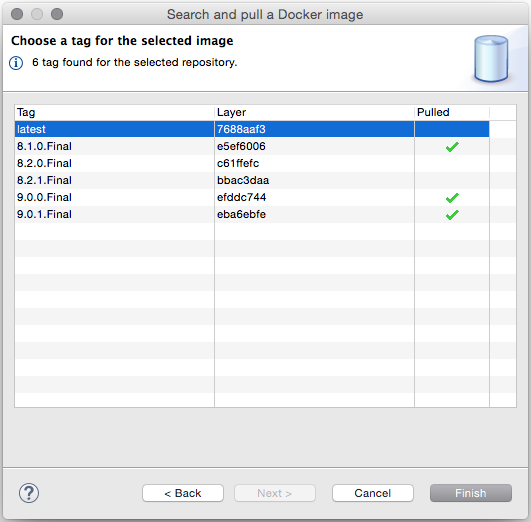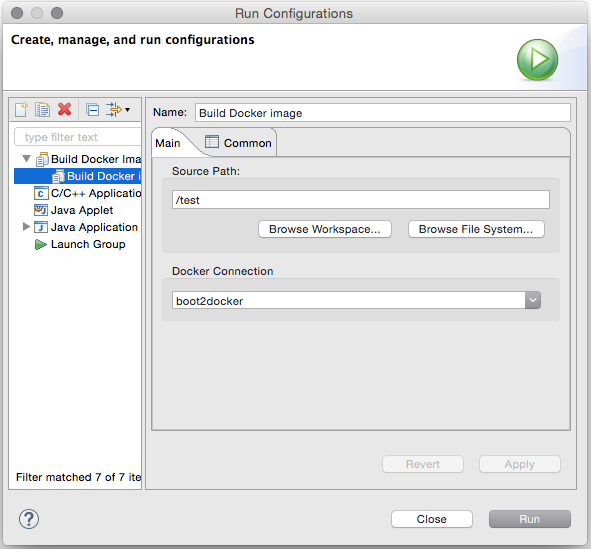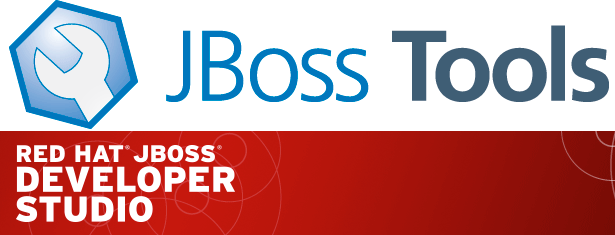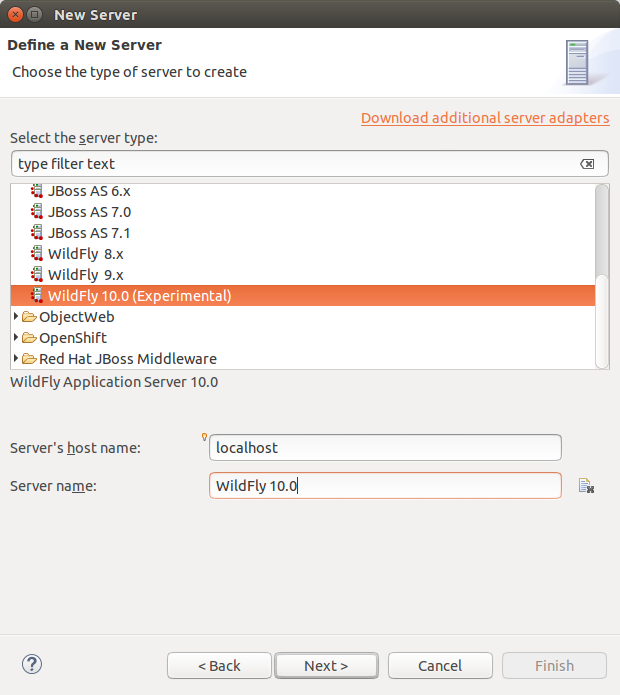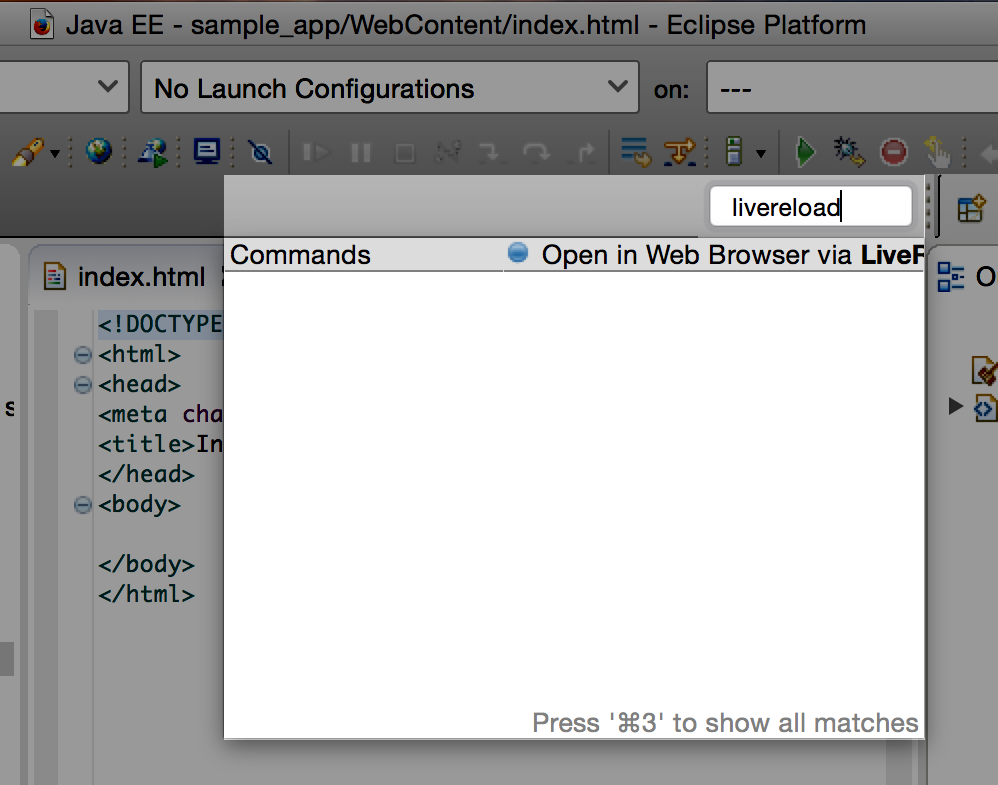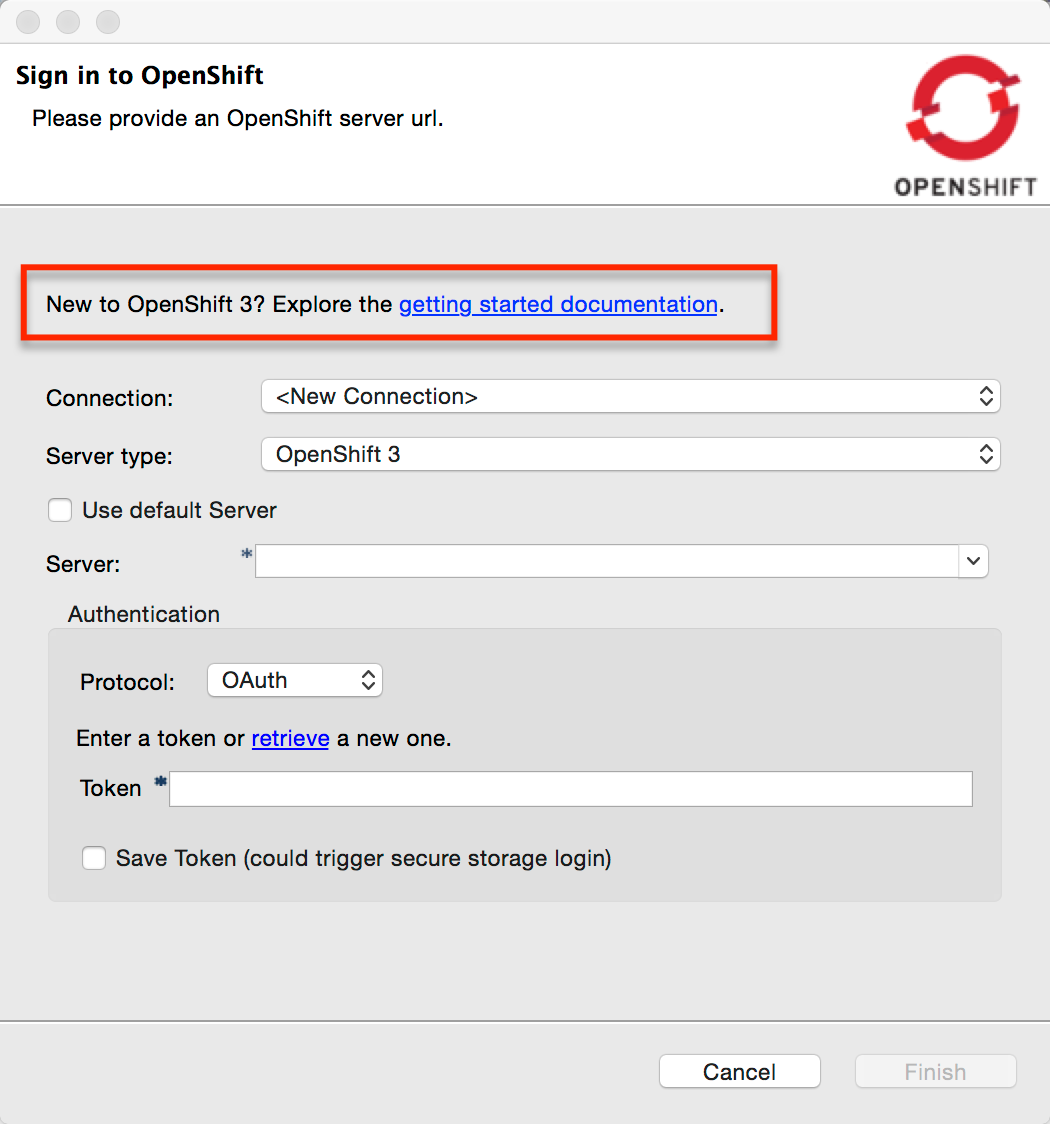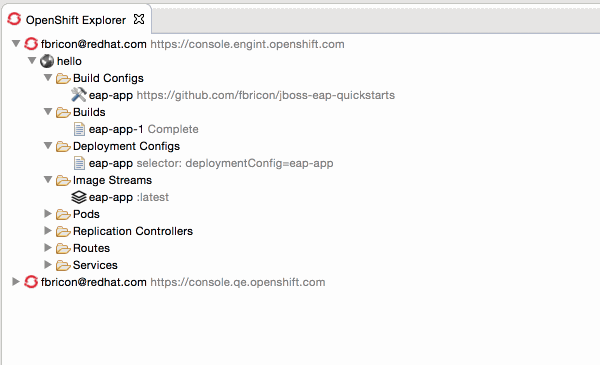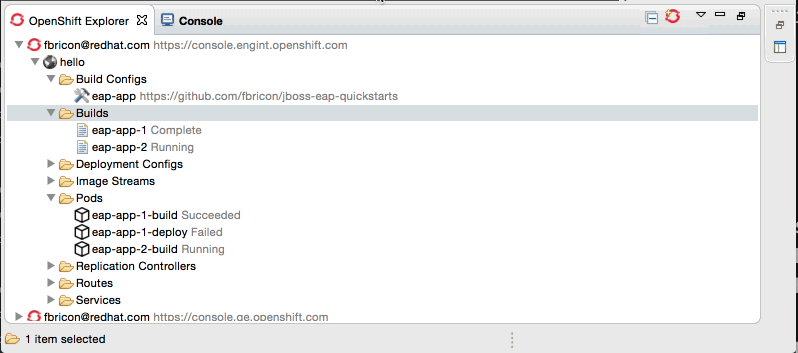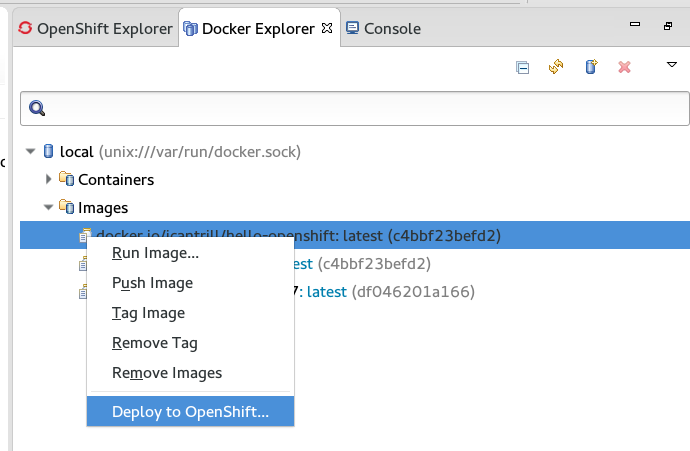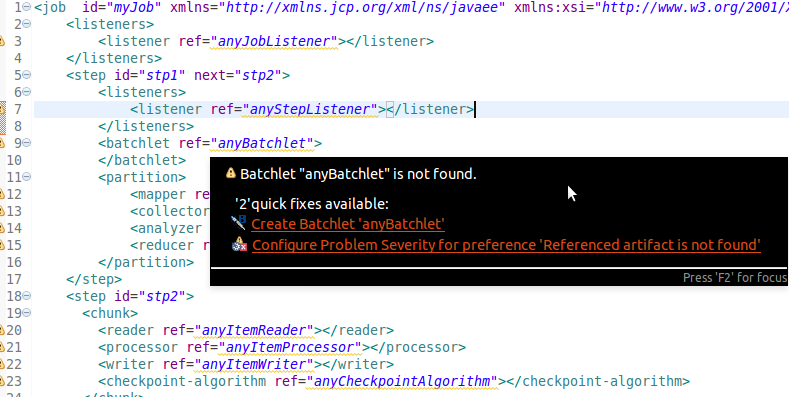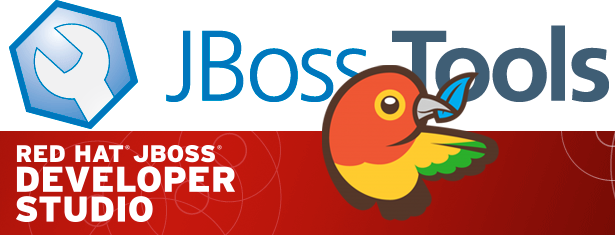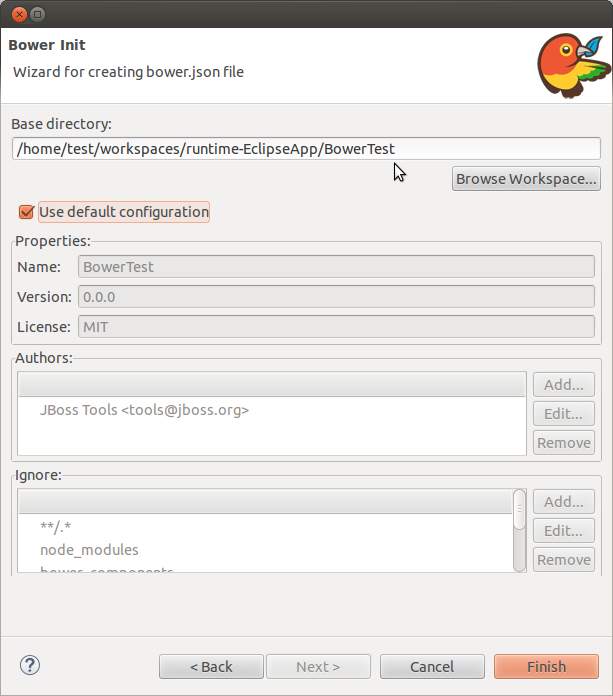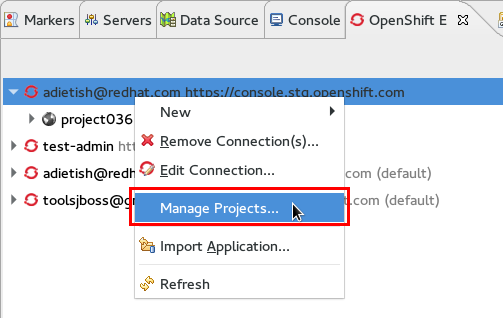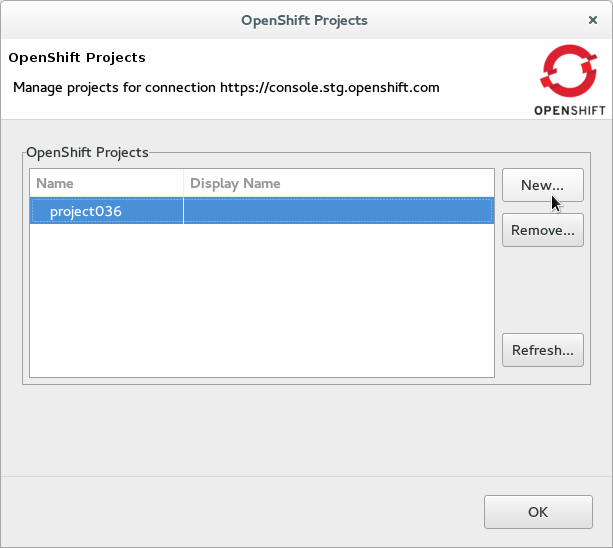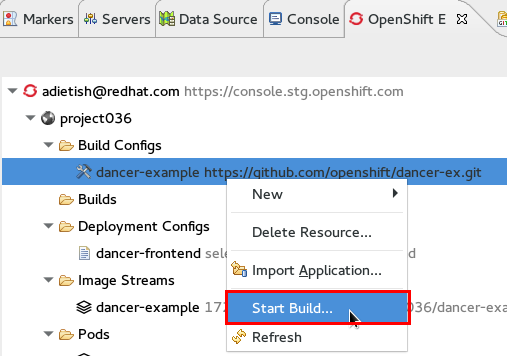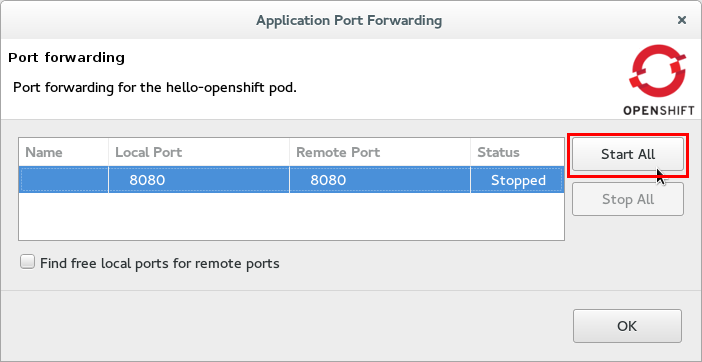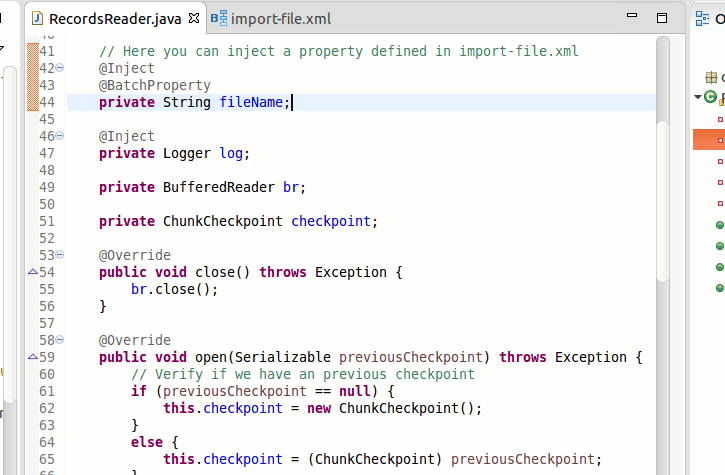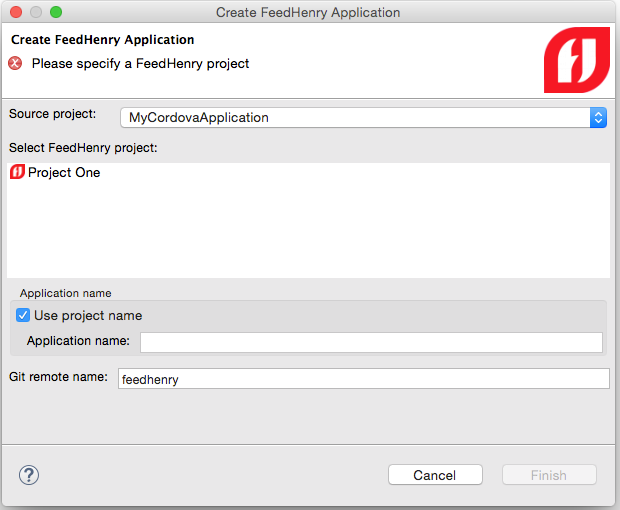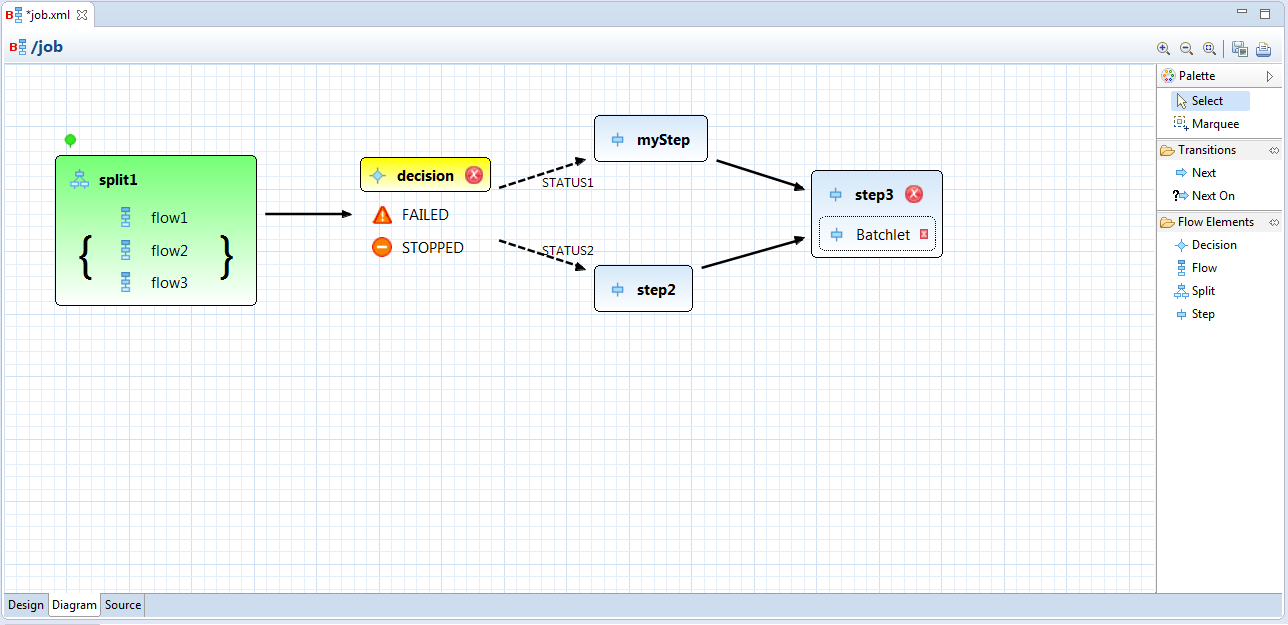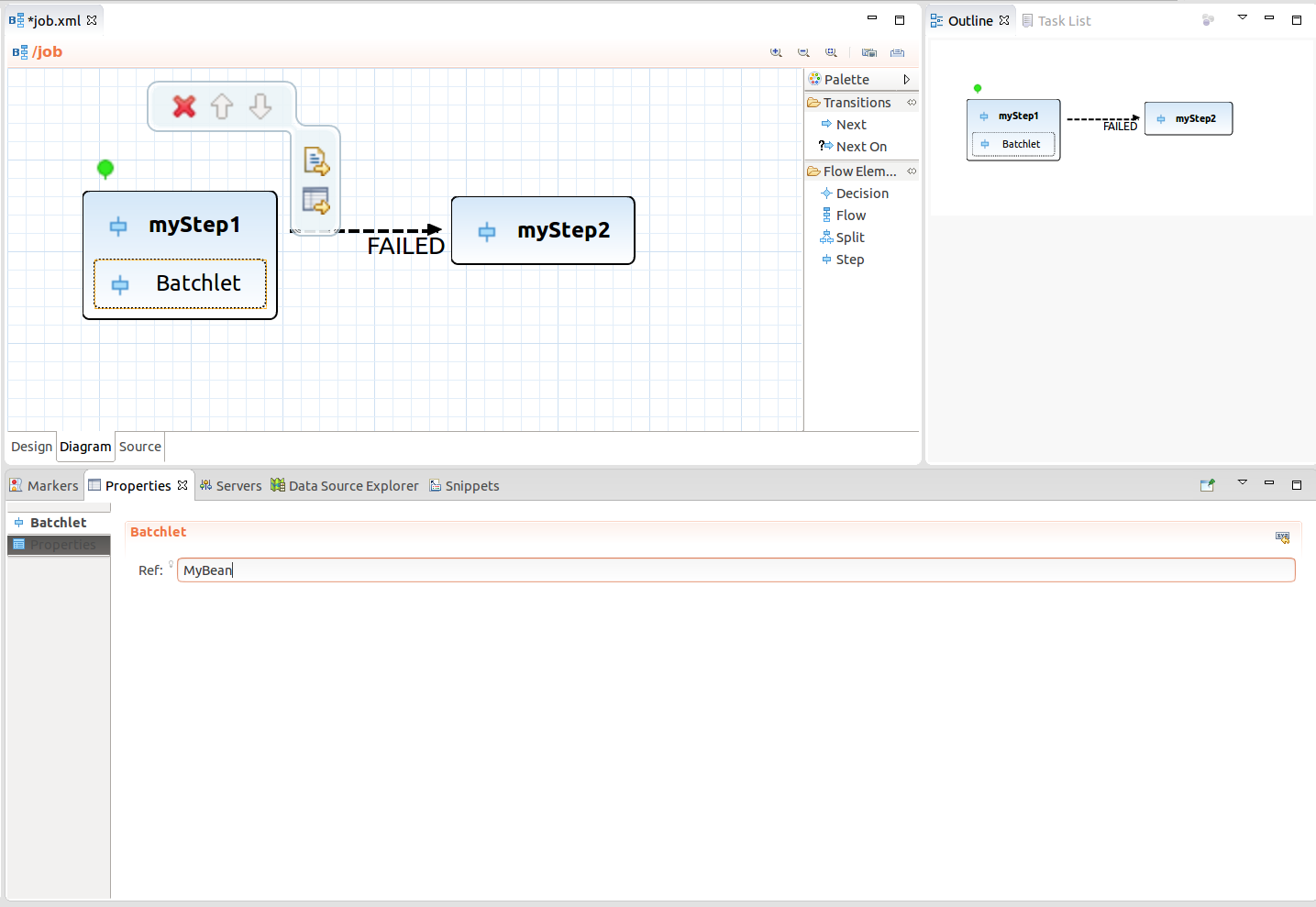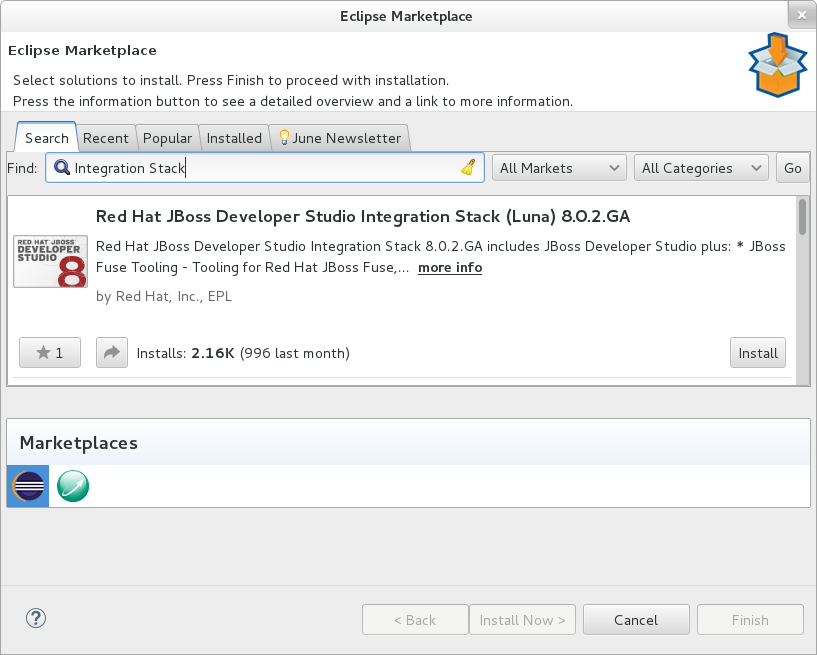| Article was updated on Nov. 12th with the video published on YouTube. |
On Monday I had the chance to give a Tools In Action talk about Docker Tooling for Java EE Developers. After a quick introduction about the main concepts of Docker (images, containers, daemon, clients and registries), I gave a demo of the tooling that we’ve been working on in the Linux Tools and JBoss Tools team.
The goal of the demo was to deploy and debug the "HTML5 Kitchen Sink" quick start application from JBoss Central in a container running WildFly and linked to another container running PostgreSQL.
The demo showed how a user can:
-
Connect to a Docker Machine.
-
Pull images from Docker Hub.
-
Build custom images from a Dockerfile (as we needed to customized WildFly to include the PostgreSQL driver and datasource configuration)
-
Run images by configuring environment variables, links to other containers and data volumes.
-
Open a web browser on the published ports.
-
See the container logs streamed in the Eclipse console.
-
Create and configure a server adapter in the Servers View to deploy the application in the container data volume.
As explained during the demo, the Docker tooling is available from the Linux Tools project at Eclipse.org and is also bundled in JBoss Tools and Developer Studio, so you can get it from the update sites or from the marketplace.
Slides for the demo are available on Slidehare.
As Devoxx decided to stop Parleys and publish all talks for free on Youtube just after they were recorded, you can already watch the presentation here:
As usual, feedback on the Docker tooling is much appreciated, so don’t hesitate to contact us on linuxtools-dev@eclipse.org or on jbosstools-dev@jboss.org
Enjoy!
Xavier
@xcoulon
